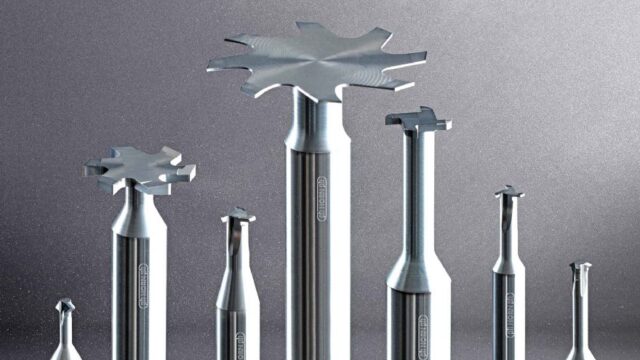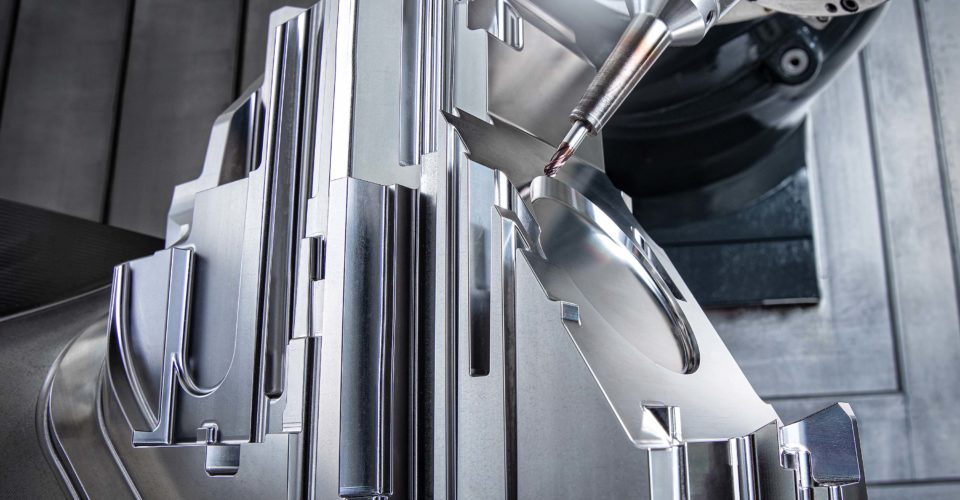
New solid carbide circular milling cutters
Ringwood-based Horn Cutting Tools Ltd is continuing to expand its range of solid carbide cutters for circular interpolation…

To highlight the numerous solutions it offers for milling free-form surfaces, German tooling manufacturer Horn, whose UK subsidiary is in Ringwood (www.phorn.co.uk), points to a recent application involving the machining of a plastic injection mould for mass producing the lens for a headlamp. The large number of surfaces, shoulders and radii required the use of many different tools.
High-feed milling cutters with indexable inserts from Horn’s DAH 8 system were used for roughing the mould. For finishing, different variants of solid carbide end mills from the Horn DS tool system were employed. In addition to various diameters of ball nose end mills, circle segment end mills were used. The advantage of the latter, in contrast to ball or torus milling cutters, is that fewer passes were required to achieve a given free-form surface quality, lowering the machining cycle time.
In the medical sector, a complex titanium implant was produced in a 5-axis machining centre using Horn DS titanium milling cutters. The shape of the implant comprises numerous free-form surfaces, has about 20 different radii and contains many fillets arranged at different angles. A milling cutter of 10 mm diameter and with a corner radius of 0.2 mm and another of 6 mm diameter with a 0.5 mm corner radius completed the roughing. For finishing, a 1 mm diameter end mill was employed.
For the other operations on the implant, DS cutters of 10 / 6 / 4 / 2 and 0.6 mm diameter were used, as well as a 2 mm diameter ball nose end mill and a DCG solid carbide, coated thread milling cutter with three cutting edges. In a single pass, the tool mills a M 3.5 x 0.5 through-hole thread, which is 8 mm deep and inclined at 35 degrees. Milling two tapered recesses proved to be highly challenging. Their 43 degree taper is about 2 mm and must end in a geometrically perfect apex, requirements that were met using a Horn micro milling cutter for the roughing and finishing passes.
Be first to see all the updates from MTDCNC
Our newsletters frequency varies dependant on content
All the latest deals from the industry feature on our newsletters